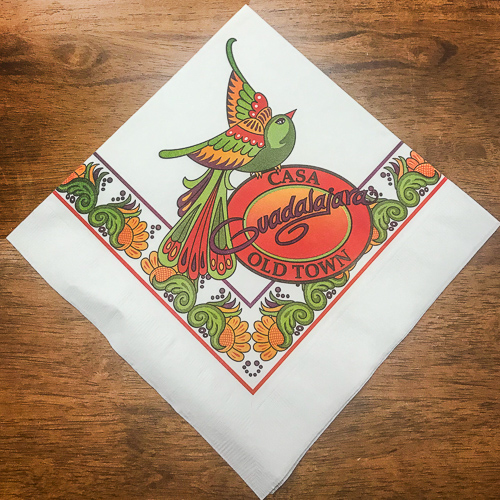
Printing on napkins is a tricky business.
Add photorealistic artwork, and it’s even harder.
But if bakers can print photos on cakes, we can print photos on cocktail napkins.
Here’s how!
The Struggle of Printing on Napkins
Napkin printing is a unique beast.
Unlike paper, we want napkin tissue to be absorbent. When ink is placed onto a napkin during the printing process, the napkin quickly absorbs extra ink. This complicates the printing process, adding a unique challenge not seen in paper printing.

Dot gain describes the amount of darkening or widening that occurs when ink is applied to a surface. While all materials experience dot gain to a degree (paper and plastic included), printed napkins are extremely susceptible. Napkins absorb all liquids, ink included.
And so, napkin artwork may darken during printing. And fine details that print well on paper may blur or fill in completely when transferred to a napkin.
This is an inherent limitation of napkin printing: napkins cannot handle tiny or extremely intricate artwork without filling in, to a degree.
But, as a known limitation, dot gain is easy to control. The solution for dot gain is rather simple: increase art size to a printable size.
**an exception to dot gain would be metallic foil stamping or embossing, as the “ink” is a solid product and does not absorb
Spot Printing on Napkins
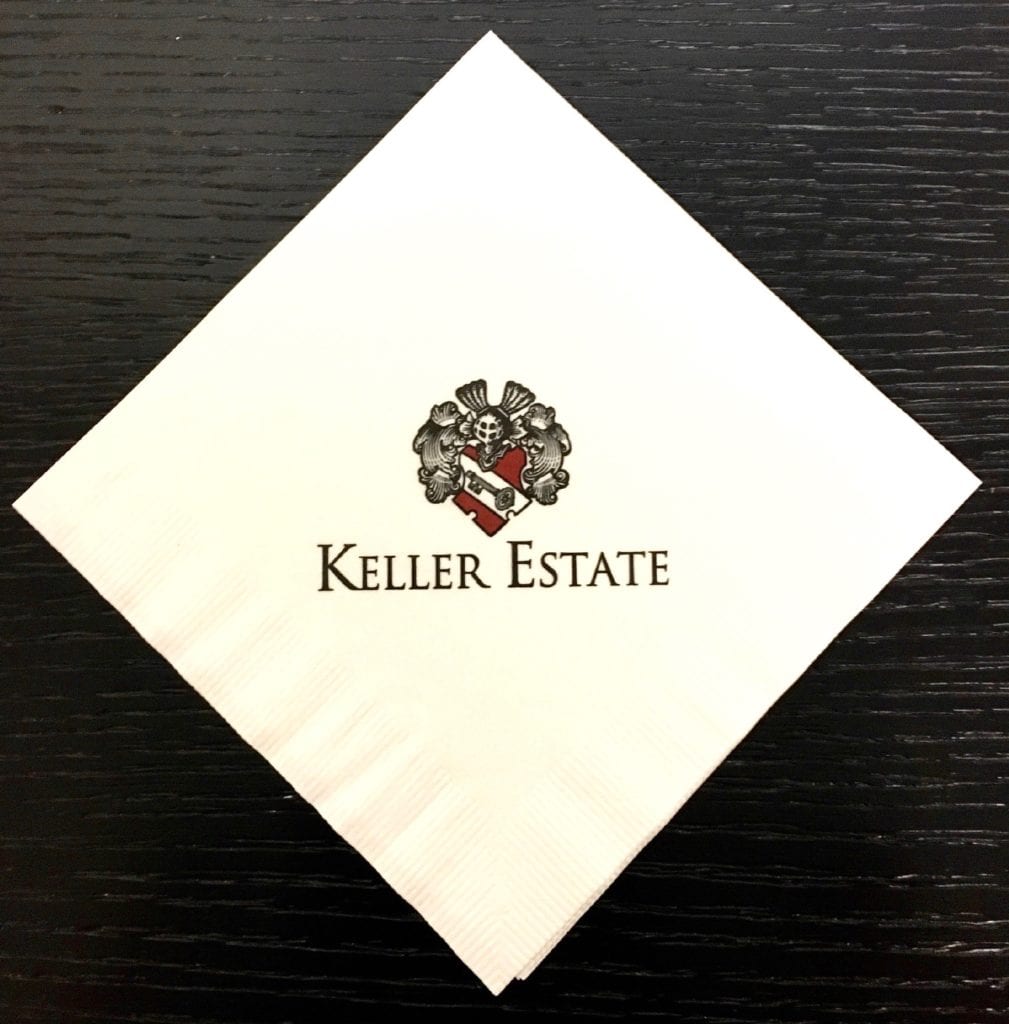
Most of the time, napkin printers use a technique called spot ink printing.
Spot printing uses Pantone colors, a standardized catalog of colors formed from 18 basic shades. And each Pantone ink color is applied to a napkin one at a time.
If the artwork has multiple colors, each color must be applied with a separate printing plate, and a separate run through the machine. So, if if a logo napkin has three colors, it must run through the machine three separate times.
For most logos, this is enough. Spot ink favors a clean, even distribution of color, which suits the majority of artwork we receive.
The Limitations of Spot Ink Printed Napkins
Spot ink printing suits most company’s artwork.
But… it can’t print everything:
Color Limitations
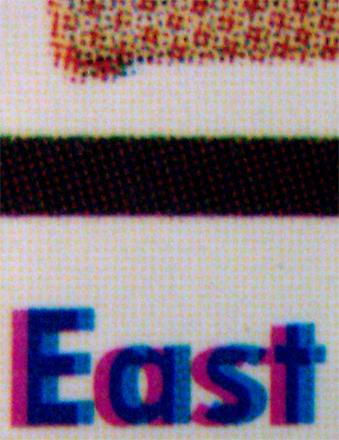
First, spot ink printing has a limited color palette. We cannot print more than four colors on an artwork. Since each color requires its own run through a machine and its own custom printing plate, cost alone quickly becomes prohibitive.
Secondly, with each subsequent printing plate, we increase the chance of registration errors.
Registration errors occur when printing plates do not line up precisely. Colors end up “bleeding” through, overlapping each other, or leaving gaps. In turn, the artwork looks “fuzzy,” “discolored” or “imprecise.”
We do whatever possible to minimize registration errors. Therefore, we cap the number of printing plates (or colors) to a maximum of four.
Gradient Limitations
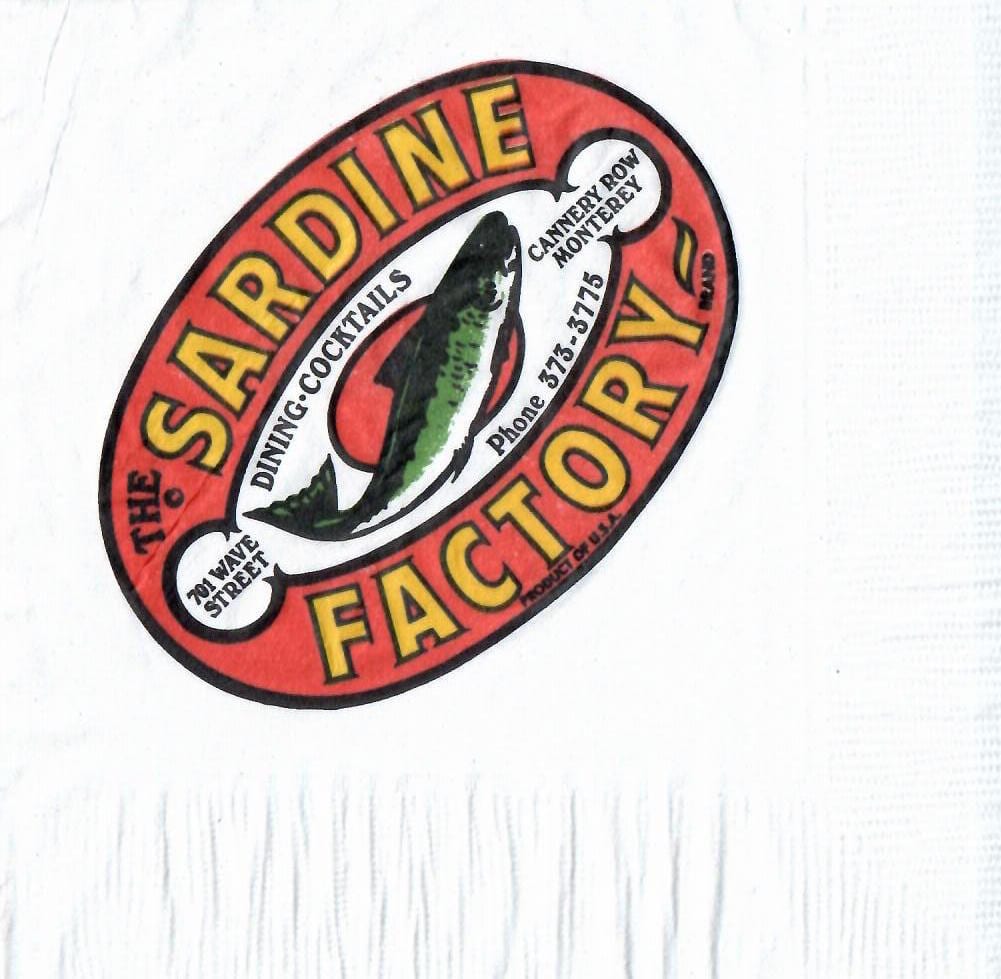
Additionally, spot inks are applied in blocks. This allows for sharp, clearly defined areas of colors, stylized for most logo napkins.
While we occasionally overlap colors for effect, spot printing cannot print gradients. If your artwork requires photorealism, we use a different printing process.
Custom Napkins with Photos
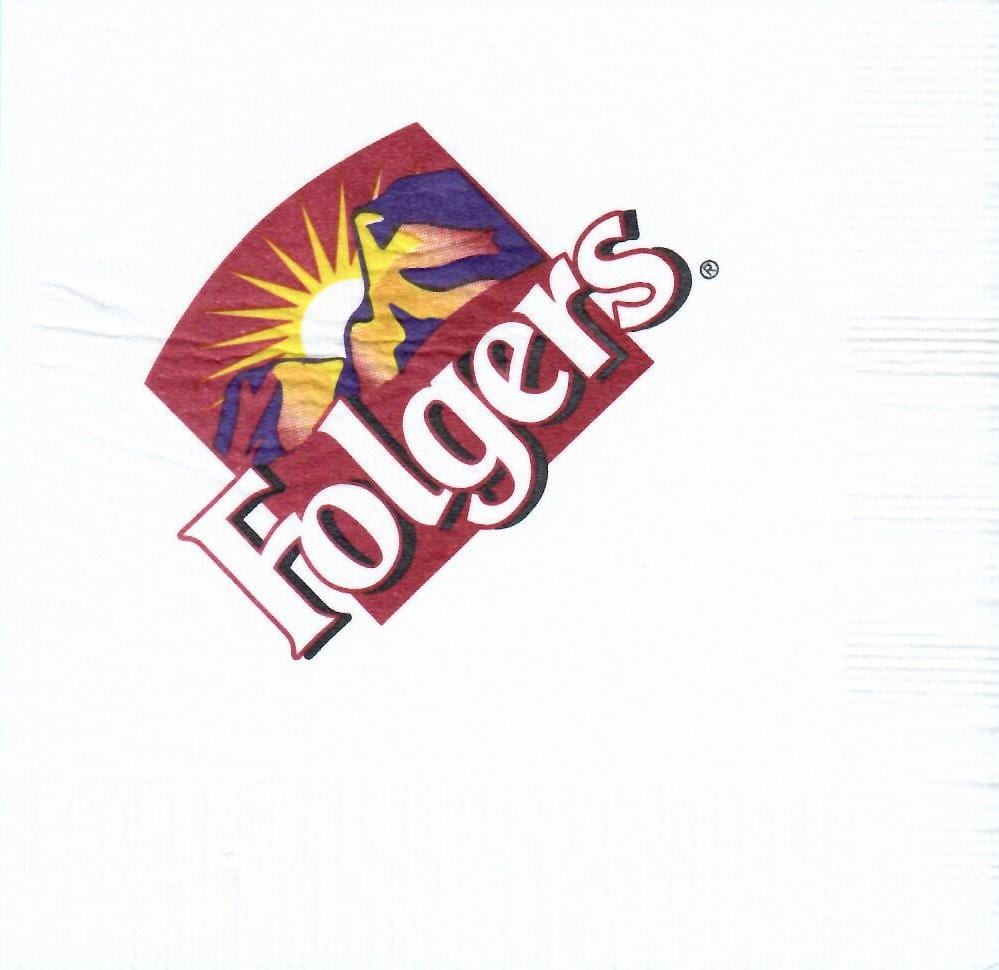
For customers with colorful, complex, or photorealistic art, we use four color process printing.
Four color process printing, or CMYK printing, applies ink as a series of cyan, magenta, yellow, or black dots that when viewed, form a complete, colorful picture. Inks are applied in any combination or concentration, resulting in near-infinite colors, gradients, or shadows.
Because the dots of ink are applied simultaneously, CMYK printing permits “realistic” or “blended” artwork.
Due to dot gain and absorbency, CMYK ink dots on printed napkins appear larger than they would on paper. And sometimes, they bleed into one another.
The example below shows CMYK ink dots on an intricate, four color process artwork:

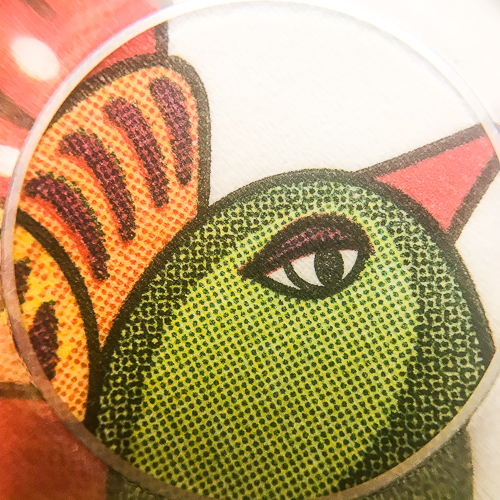
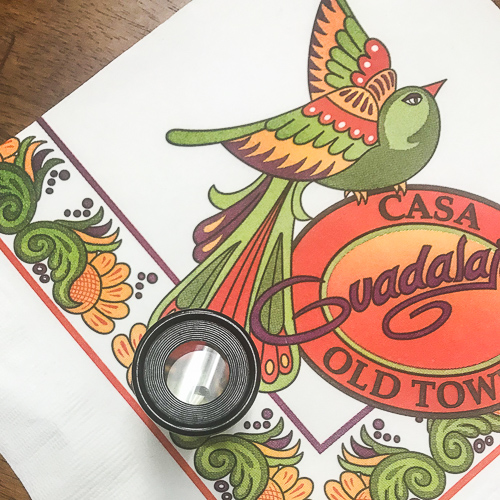
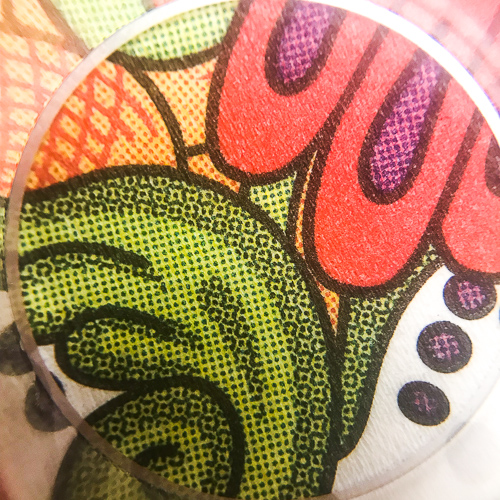
Process Printing Limitations
In theory, process printing can print everything… one-color logo artwork included. But it’s illogical, and more expensive, to print one- or two-color artwork using CMYK.
Additionally, CMYK colors don’t print as brightly. CMYK printing favors subtle color gradients; for bright and vibrant colors, we always use spot printing.
In Summary
Ultimately, if you are looking for printed cocktail napkins with a photo, you will likely need CMYK printing capabilities. If you got your artwork and you’re ready to move forward, fill out our quote form and we’ll send you pricing ASAP.
Unsure whether CMYK or spot printing is best for your artwork? Reach out to us at sales@napkins-only.com. We’ll guide you to the best printing method for your artwork.
Leave a Reply